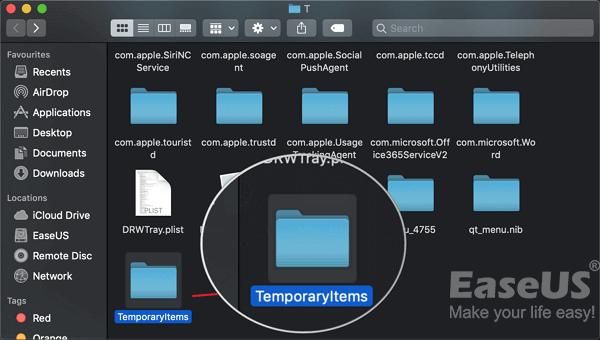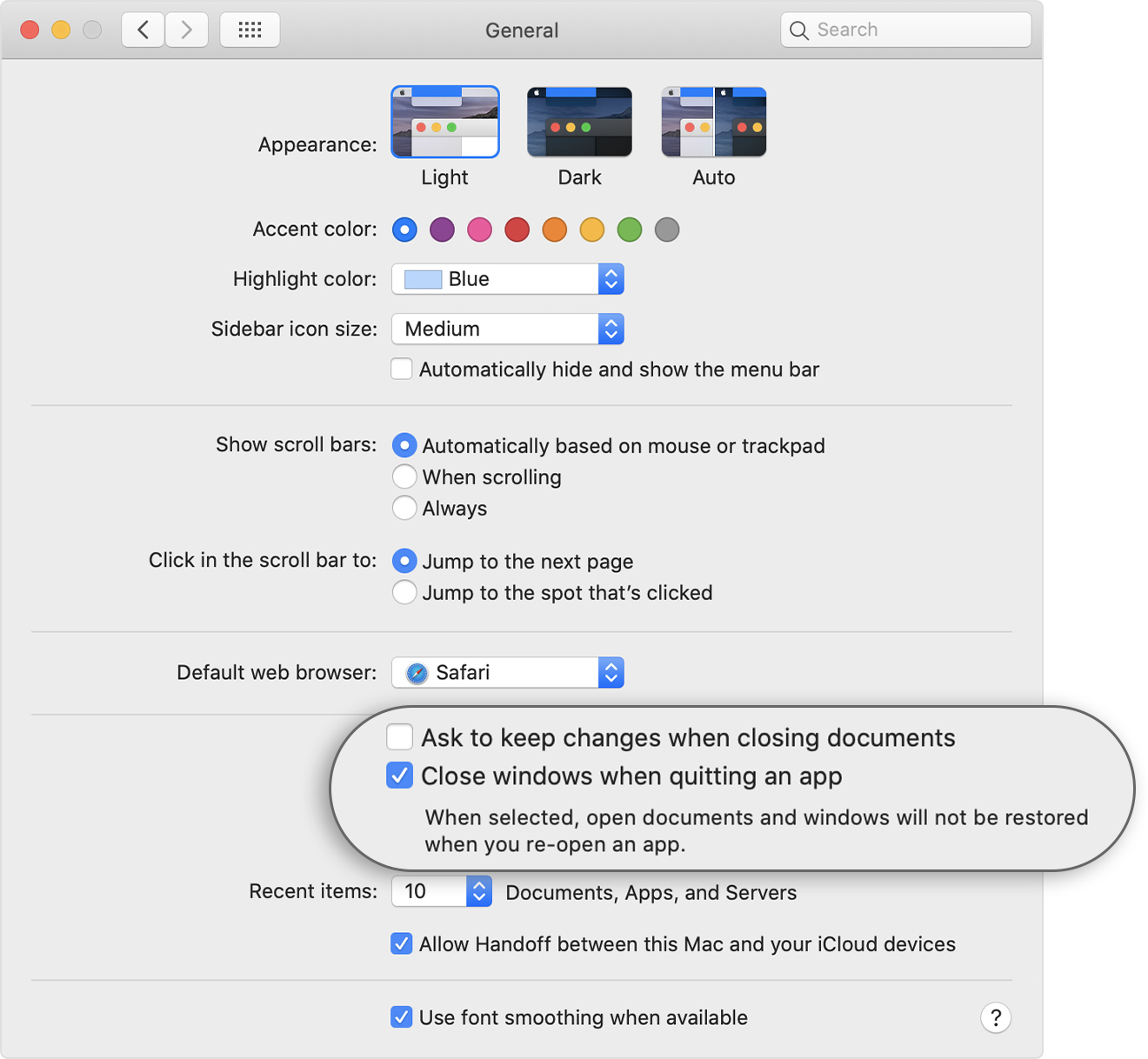
- #MICROSOFT RECOVERY KEY FOR MAC FULL#
- #MICROSOFT RECOVERY KEY FOR MAC FOR WINDOWS 10#
- #MICROSOFT RECOVERY KEY FOR MAC PASSWORD#
It's highly suggested to never enable BitLocker on a device that has third-party encryption installed or enabled.īy default, the BitLocker setup wizard prompts users to confirm that no third-party encryption is in place.

Data loss can occur and you might need to reinstall Windows. If BitLocker is enabled on a system that's already encrypted by a third-party encryption product, it might render the device unusable.
#MICROSOFT RECOVERY KEY FOR MAC FOR WINDOWS 10#
Support for Windows 10 Mobile and Windows Phone 8.1 ended in August of 2020.ĬSP: BitLocker - AllowWarningForOtherDiskEncryption Yes - Encryption on storage cards is required for mobile devices.Not configured ( default) - The setting returns to the OS default, which is to not require storage card encryption.This setting only applies to Windows Mobile and Mobile Enterprise SKU devices. Require storage cards to be encrypted (mobile only)ĬSP: BitLocker - RequireStorageCardEncryption Not configured ( default) - No BitLocker enforcement takes place.However, on Azure AD Join and Microsoft Account (MSA) registration/login automatic encryption can apply enabling BitLocker at XTS-AES 128-bit encryption. Windows default is to not require BitLocker drive encryption. To apply this policy to a disk already encrypted, decrypt the drive and reapply the MDM policy. If an in-place BitLocker configuration option doesn't match this policy, configuration will likely return an error. If the encryption method and options match that of this policy, configuration should return success. If the drive was encrypted before this policy applied, no extra action is taken.
#MICROSOFT RECOVERY KEY FOR MAC FULL#
Yes - Hide the personal recovery key during device encryption.Įnable full disk encryption for OS and fixed data drives.

After the disk is encrypted, a user can use any device to view their personal recovery key through the Intune Company Portal website, or company portal app on a supported platform. Hide the personal recovery key from the user of the macOS device during encryption.

Prevent the prompt to the user that requests they enable FileVault when they sign out. Yes - Defer the prompt to enable FileVault until the user signs out.No limit, always prompt - The user is prompted to enable FileVault, but encryption is never required.1 to 10 - Allow a user to ignore the prompt from 1 to 10 times before requiring encryption on the device.Not configured ( default) - Encryption on the device is required before the next sign-in is allowed.Set the number of times a user can ignore prompts to enable FileVault before FileVault is required for the user to sign in.
#MICROSOFT RECOVERY KEY FOR MAC PASSWORD#
The user sees this message on their sign in screen when prompted to enter their personal recovery key if a password is forgotten. Specify a short message to the user that explains how they can retrieve their personal recovery key.

When set to Yes, you can configure additional settings for FileVault. FileVault is enabled when the user signs off of the device. Yes - Enable Full Disk Encryption using XTS-AES 128 with FileVault on devices that run macOS 10.13 and later. View the settings you can configure in profiles for Disk Encryption policy in the Endpoint security node of Intune as part of an Endpoint security policy. Disk encryption policy settings for endpoint security in Intune


 0 kommentar(er)
0 kommentar(er)
